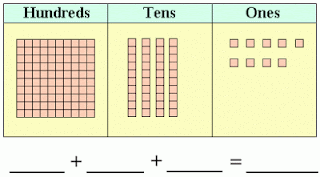The trend lines are drawn for the prediction of the data. These lines are associated with the data series. The trend lines are used for any type of improvements from the available data. The trends lines can be drawn to follow the equation of a line, i.e y = mx + c, where m is the slope of a lines. The value of c is constant which decides the equation of a lines. The trends line is used for exponential or logarithmic formulae. We can choose the right type of it for our data as per our requirements. Linear trend lines, logarithmic trend lines, Polynomial trend lines, power trend lines, exponential and moving average trend lines can be drawn as per our requirements. We can add, remove or modify a trend lines as required.
Now a days, online tools or calculators are available to draw a trend line. We can display the equation of any trend line on the chart. The R squared value can be displayed. We can format the present structure to draw a fresher one. The online tools are available to draw any type or desired line quickly to take the faster decisions. Prediction of whether forecasting, draught, can be made by the data available. These are the key of the success of our business, trade, education and research.
Equation of a Line Calculator: - Line calculators are the online tool which can be used to find the slope of a lines. Slope of a line is the tangent of the line. Slope is the ratio of the rise to run. A line can be written in the standard form, slope intercept form, intercept form, general form, point slope form, two point form.
The equation of line calculators can also be used to find the equations of the lines when the coordinates are given. This calculator has four inputs and one output. The input to the calculators is the value or the coordinates of two points. The output terminal shows the value of the slope which is ratio of the difference between the y coordinates to the difference of x coordinates. The four inputs to the line calculators are x- coordinate one, x_ coordinate two, y- coordinate one and y- coordinate two. After giving all the inputs we have to press the output button. In the output, we can get a fraction or the degree of the tangent. If we want to check the equation of a line then press the output button for equation of the line. The slope of the lines can be used to find the height and the base when we making the bridge or when a road is planned in the hill area. The tangent angle is required to hit a moving or stationary target.
In the hanging bridge technology the line calculators are used to find the slope of the tension wire to hold the bridges. All the computers which are used to find the moving target and to fire guided missiles use the line calculators to calculate the tangent angles.













